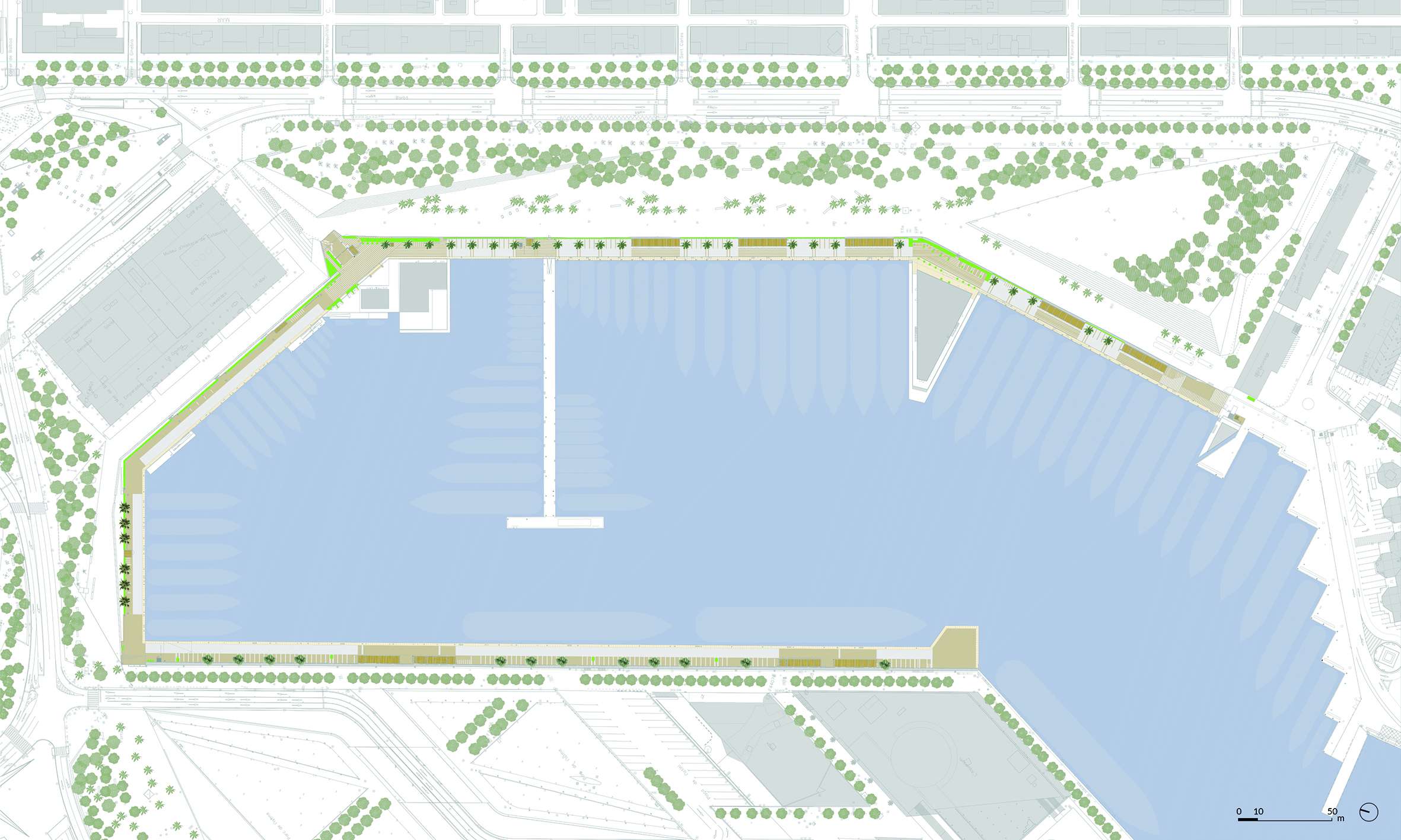
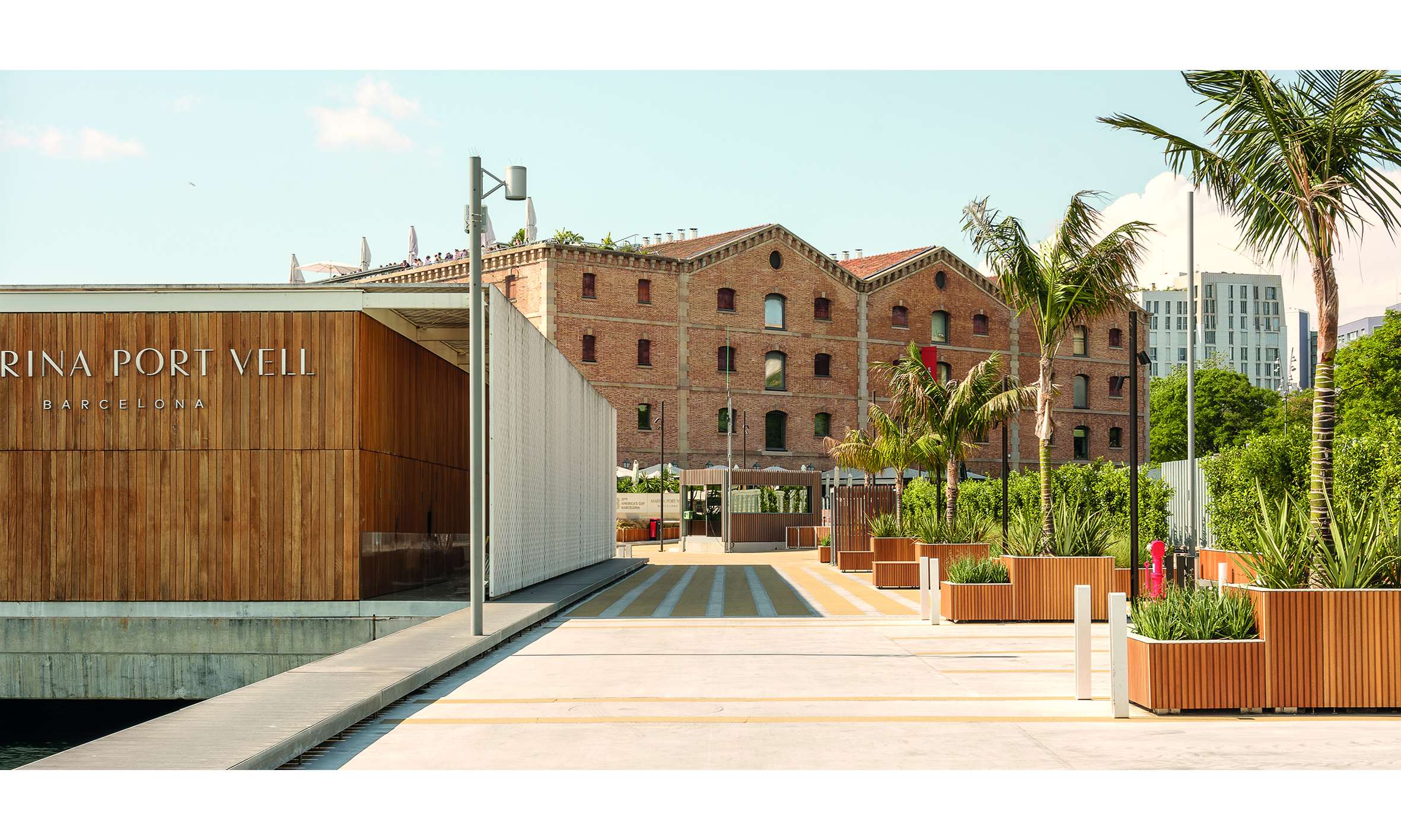
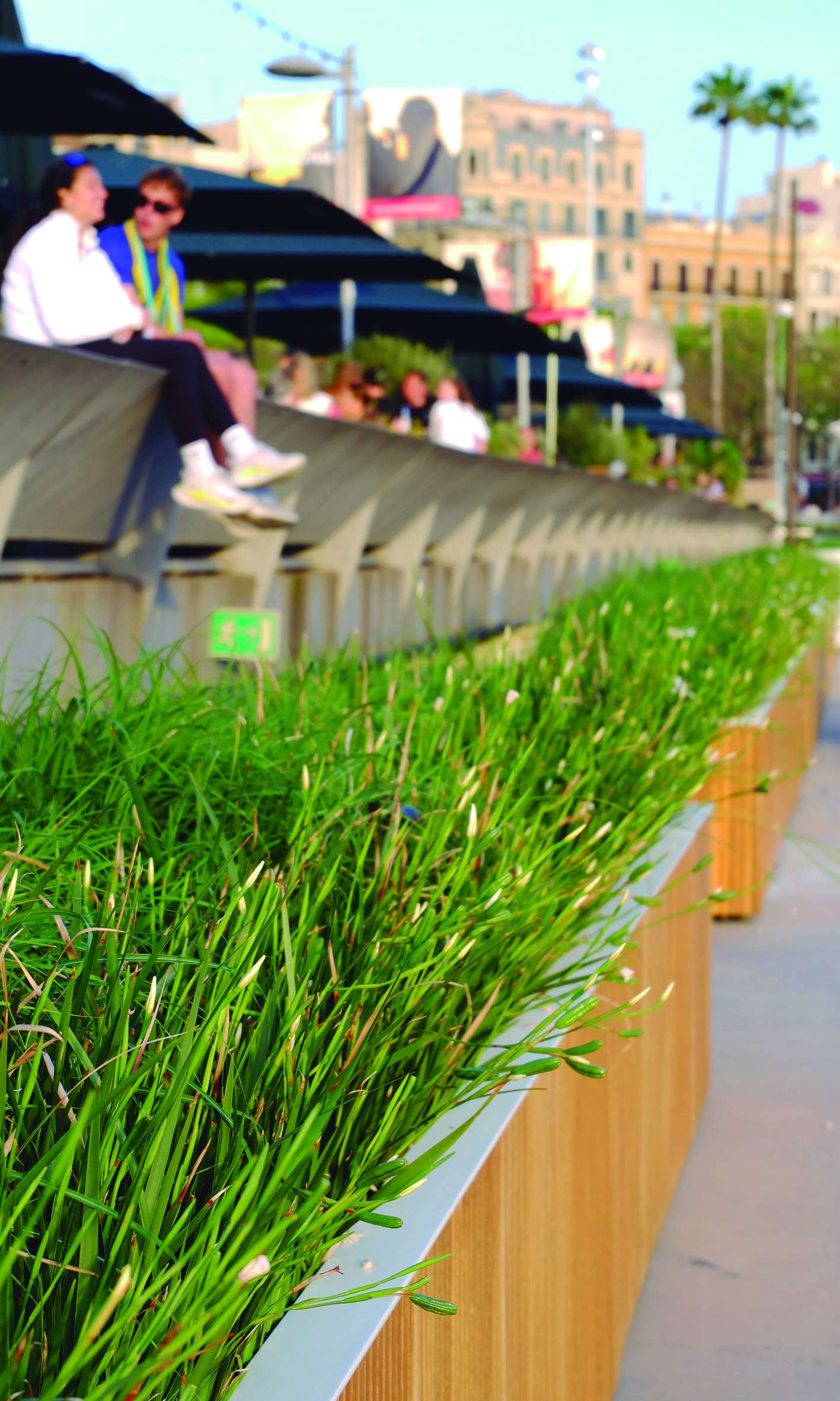
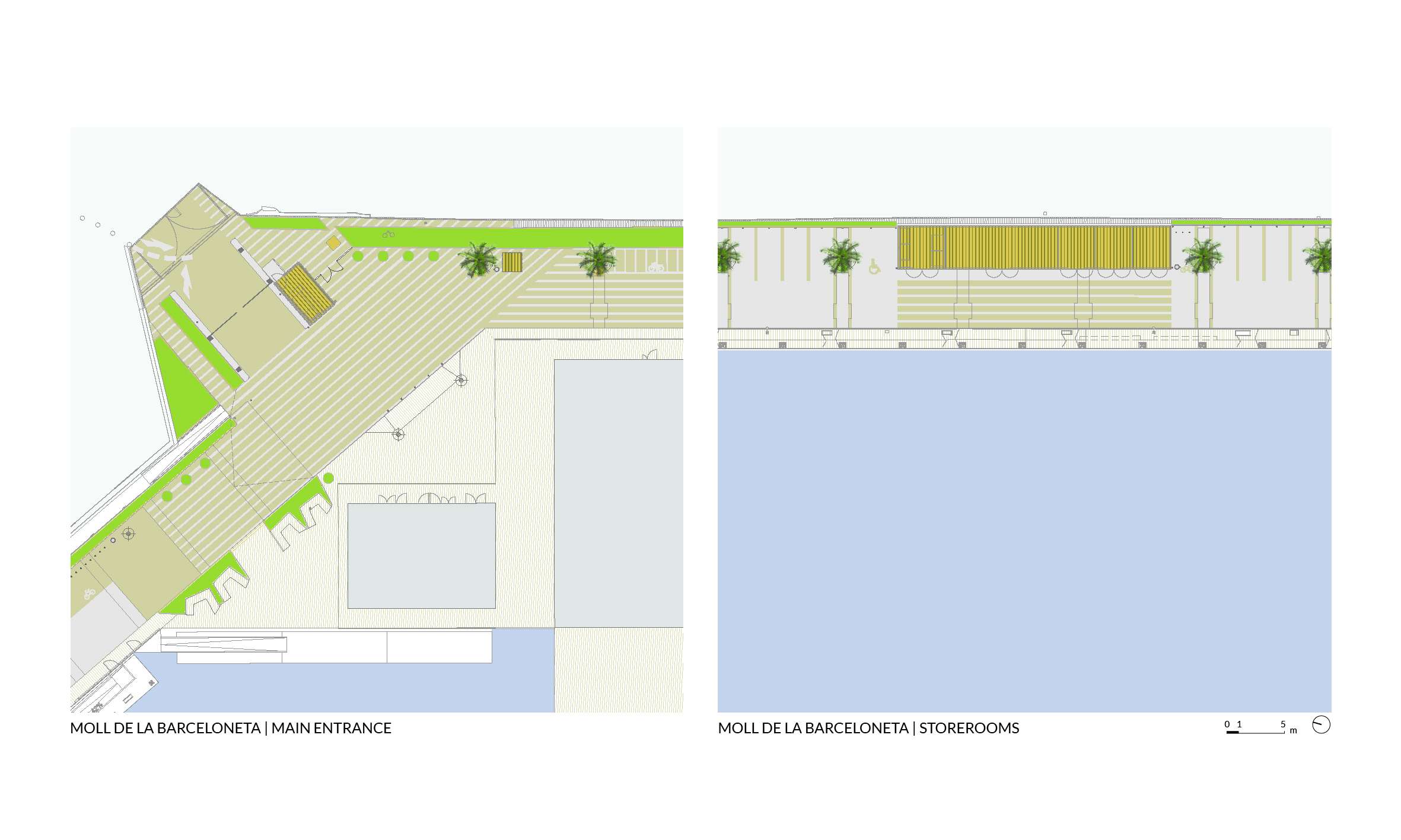
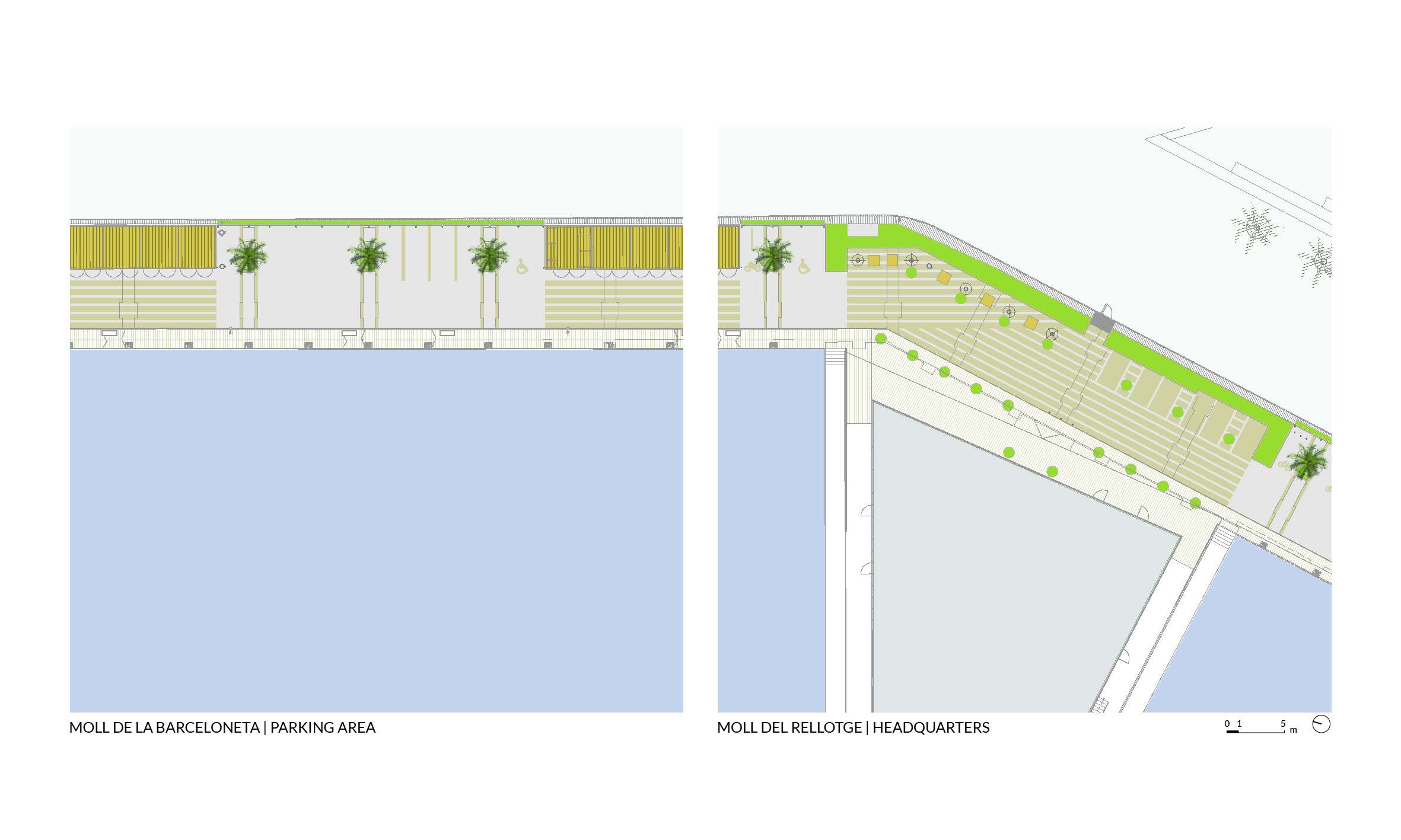
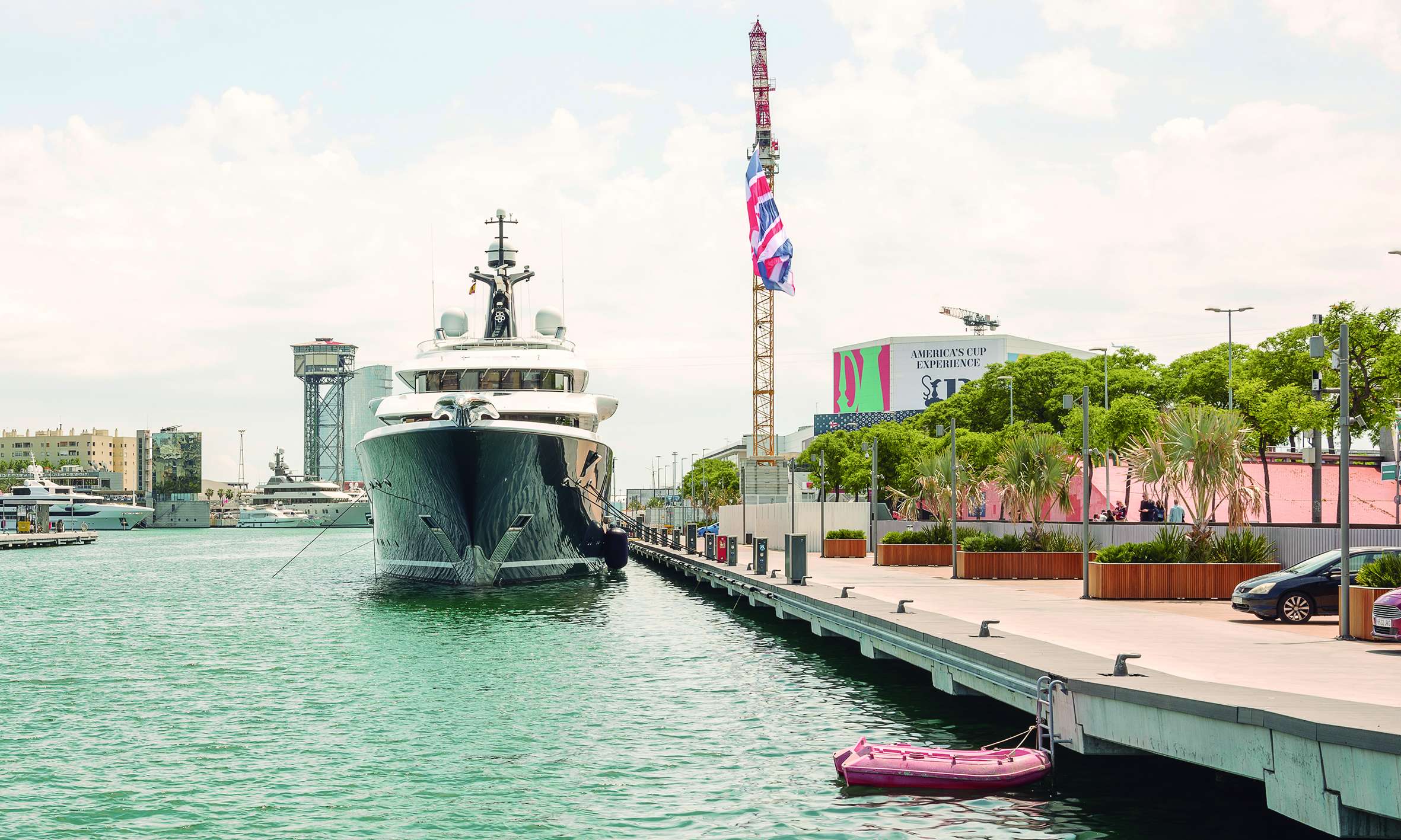
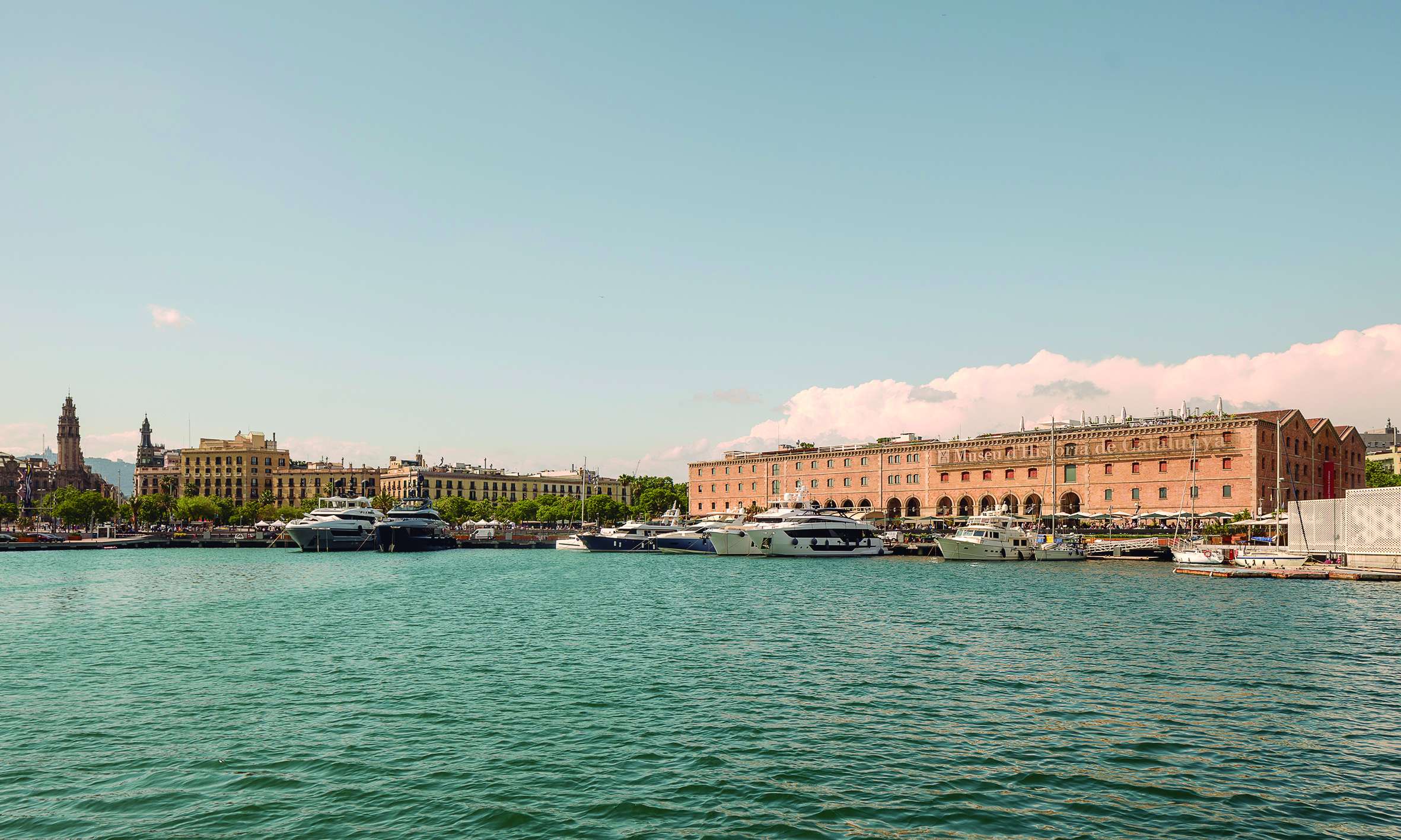
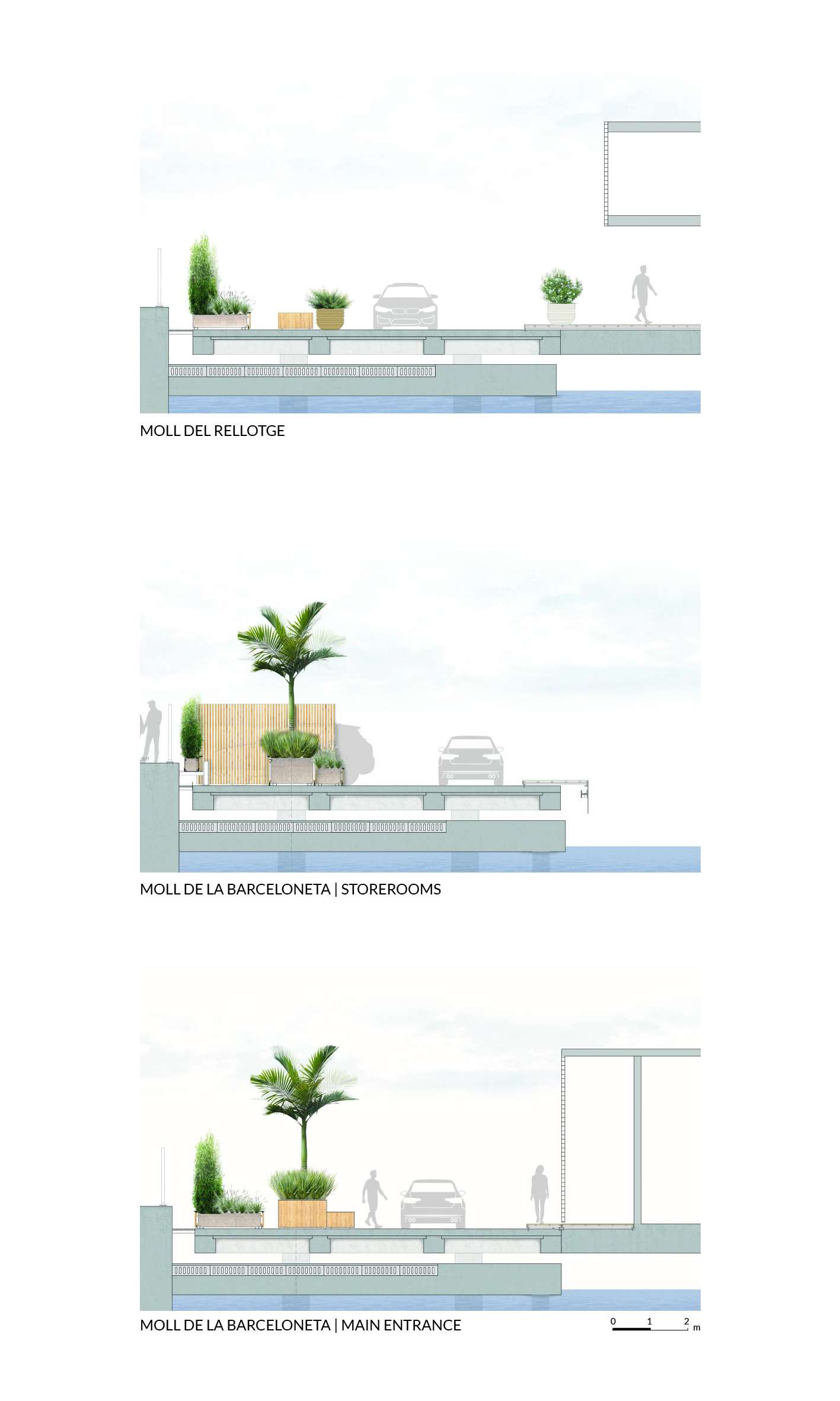

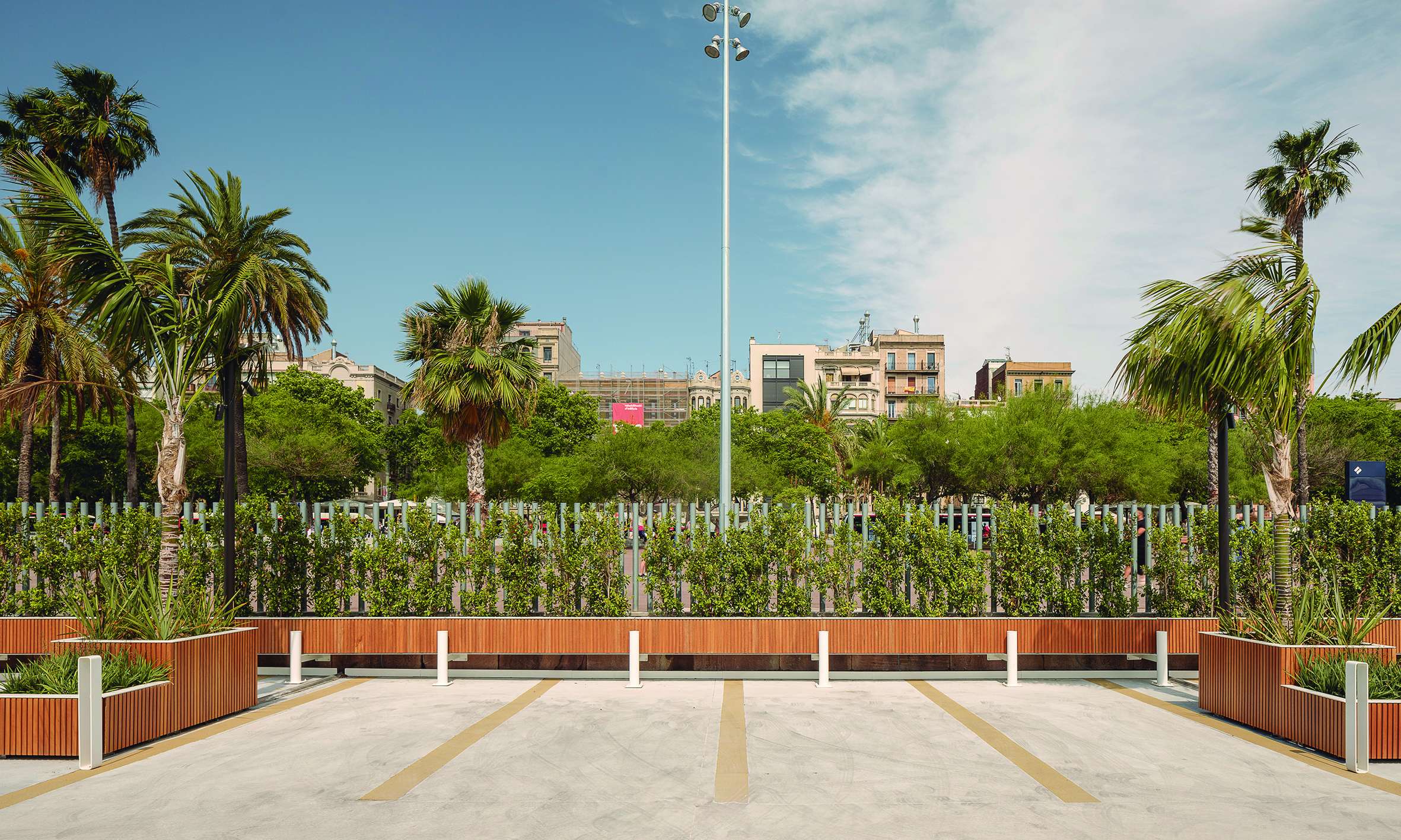
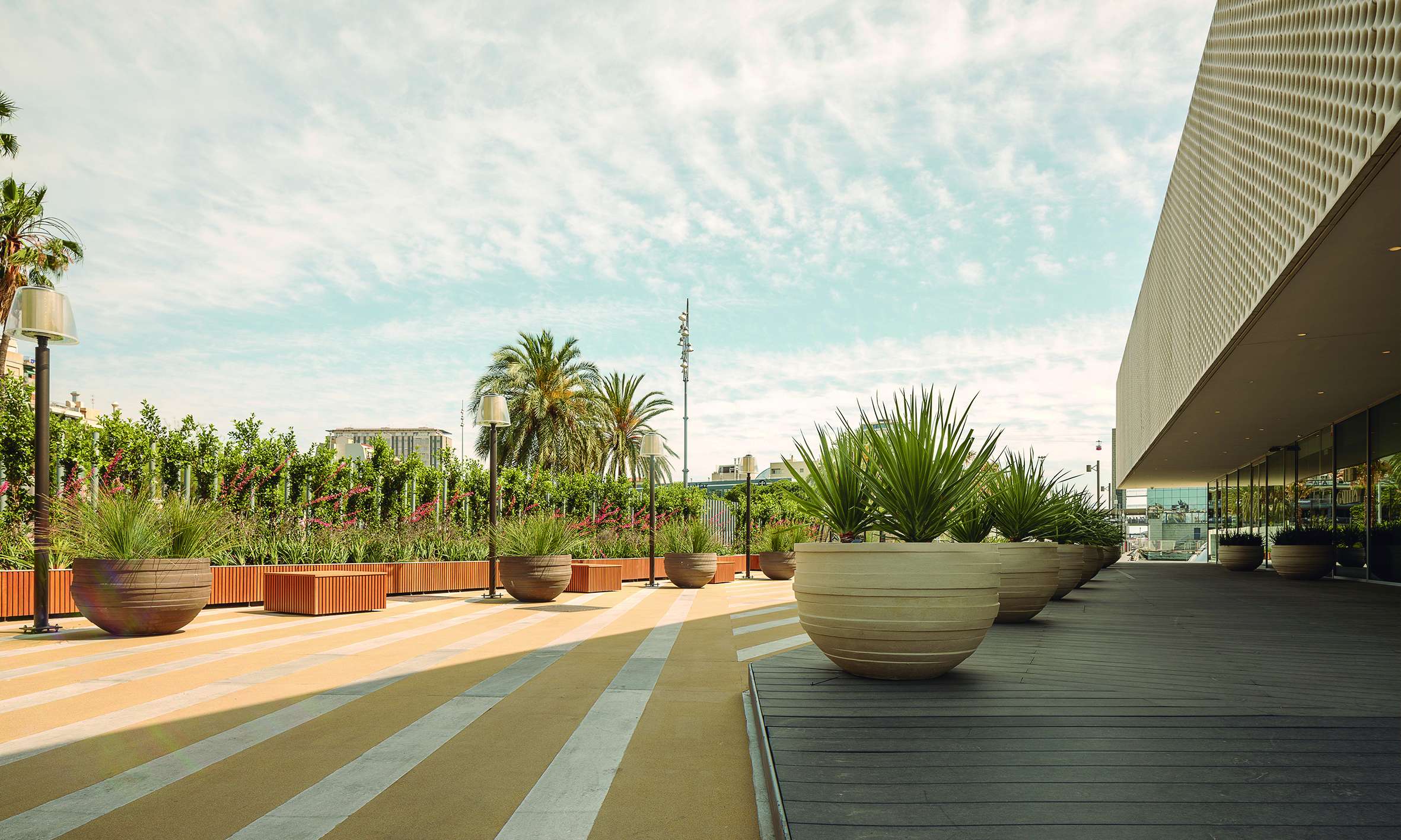
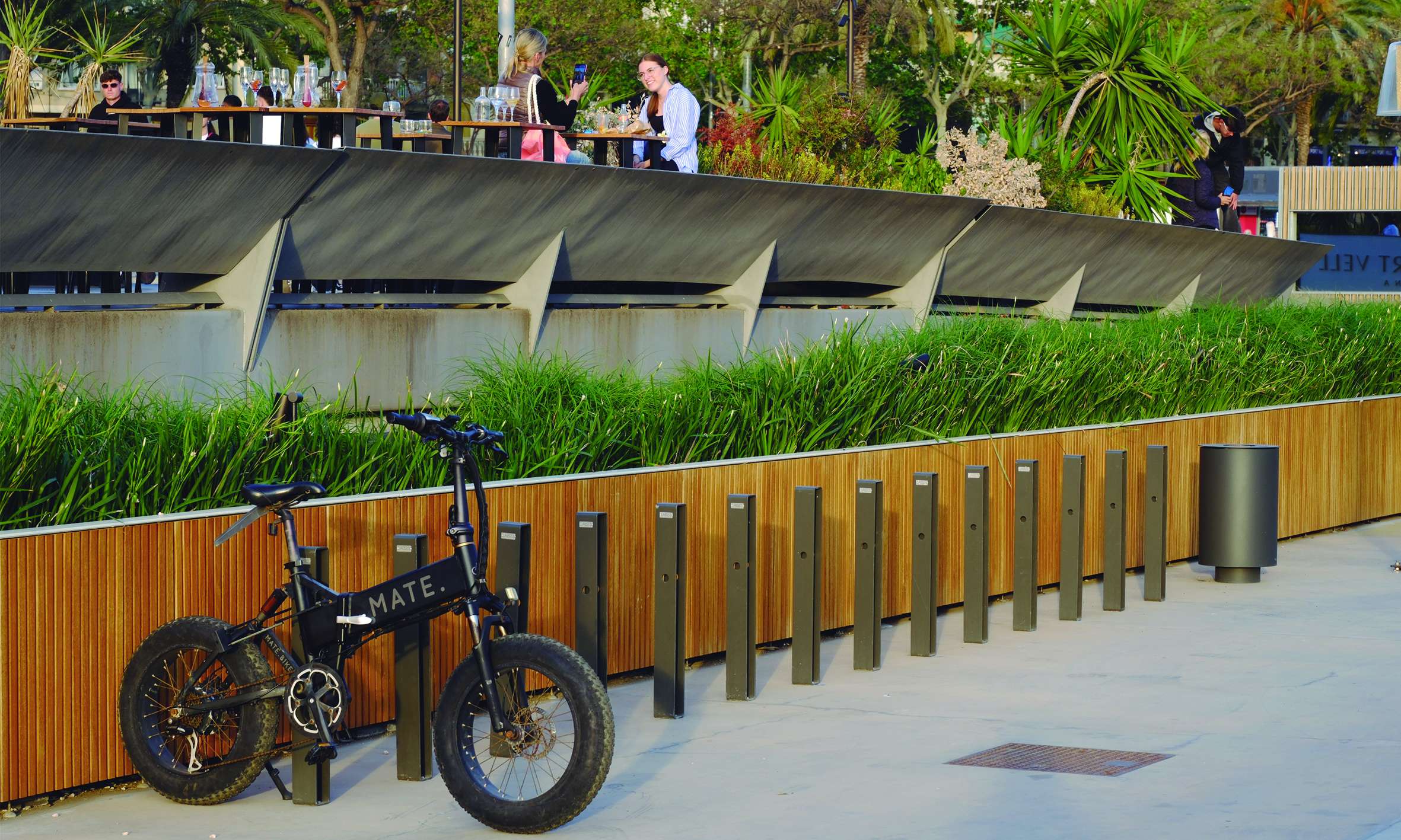


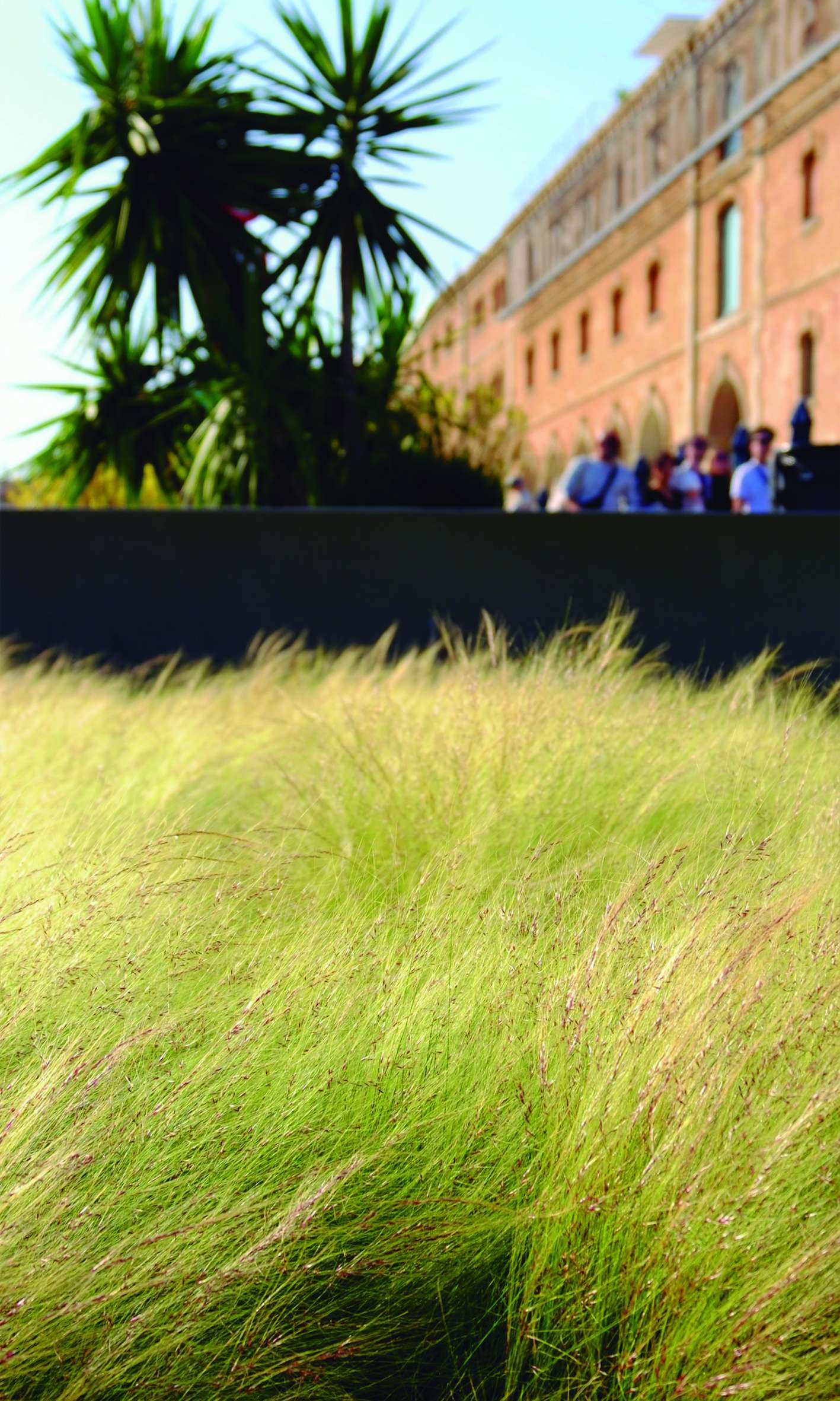
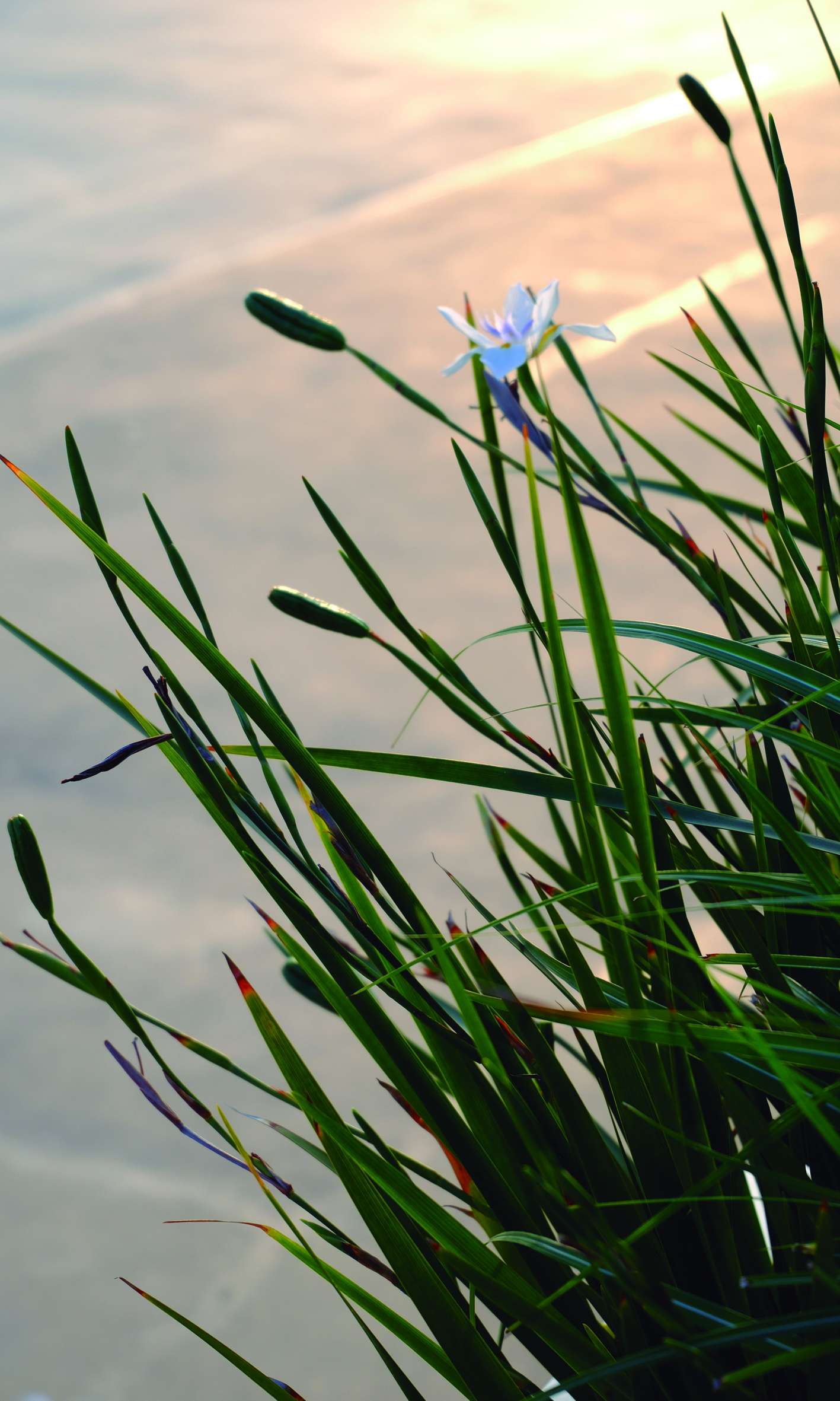
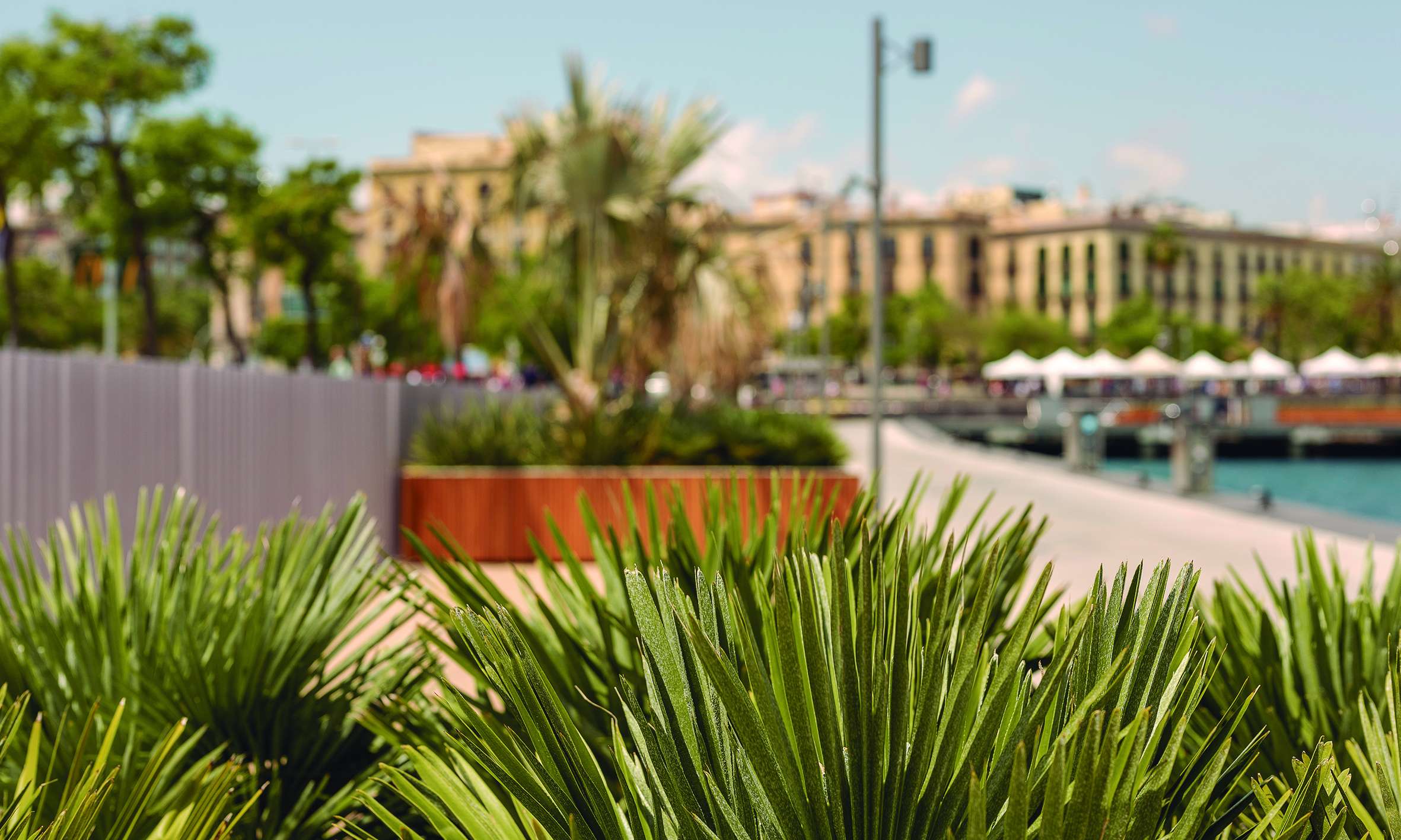
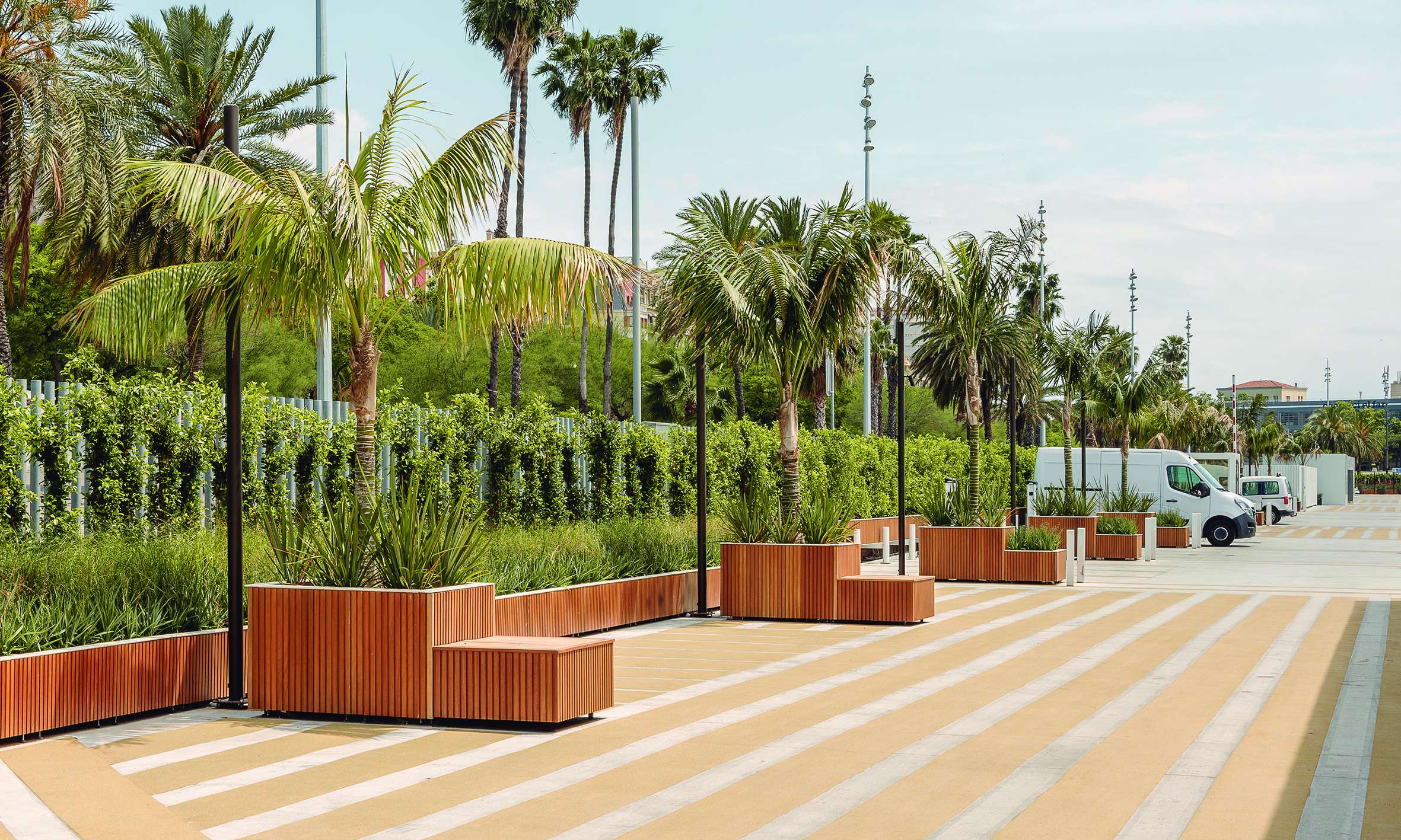
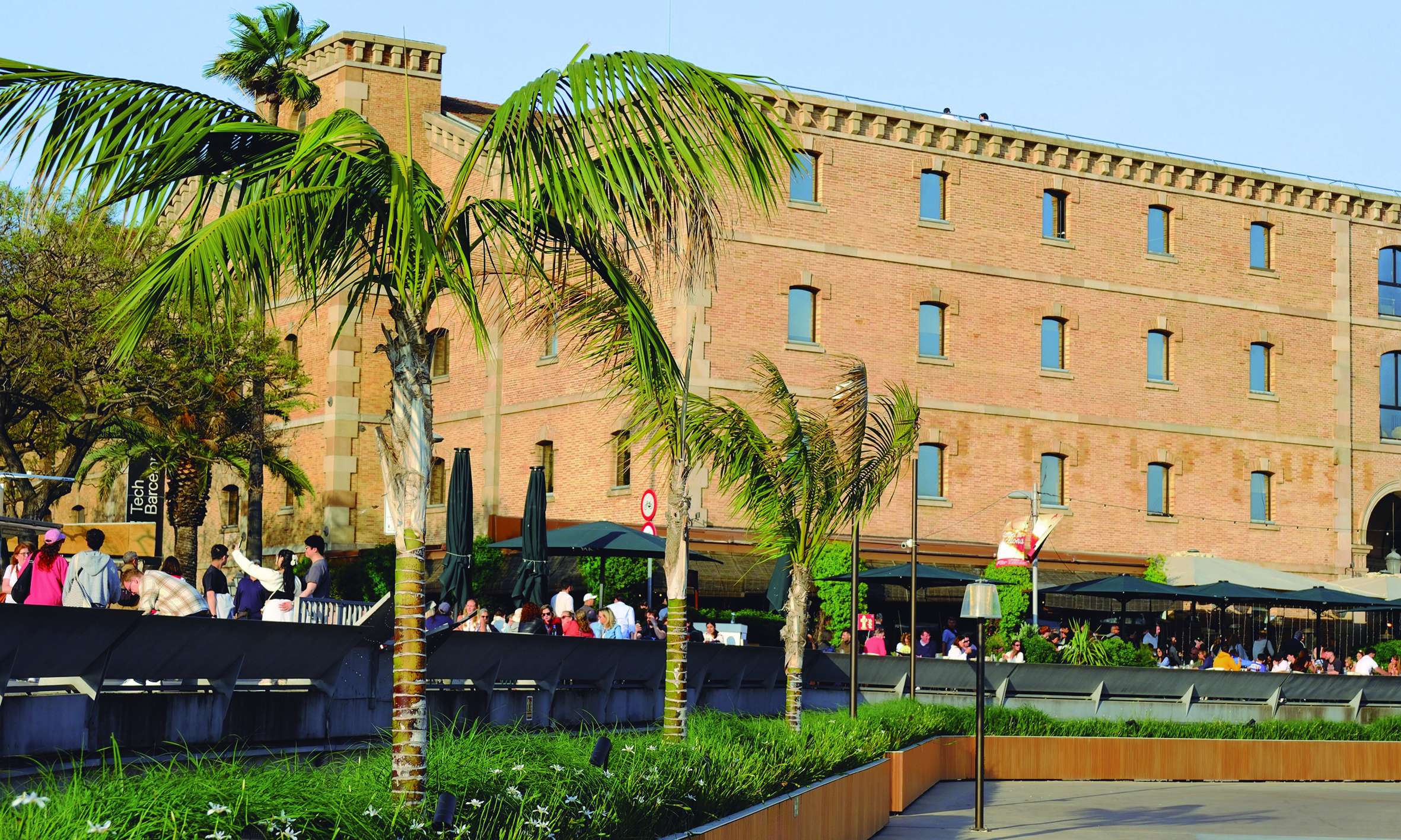
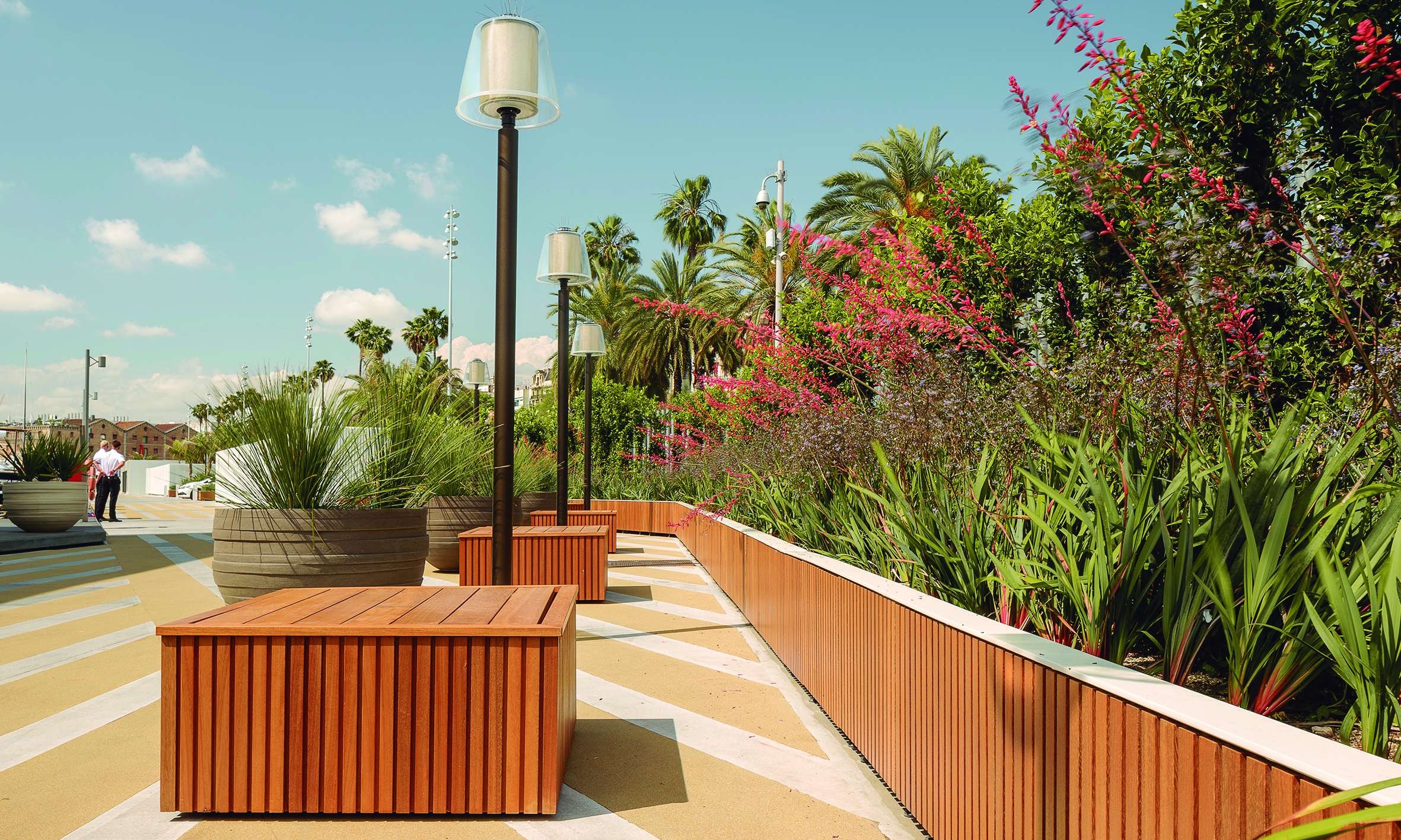
PORT VELL
PORT VELL
Port Vell of Barcelona: Landscape Transformation for Urban Integration
The project transforms five historic wharves of Port Vell—Moll d’Espanya, Moll del Dipòsit, Moll de Sota Muralla, Moll de la Barceloneta, and Moll del Rellotge—integrating them into the city.
Dating back to the 15th century, the Port of Barcelona evolved through land reclamation and construction in the 19th and 20th centuries. By the late 20th century, after relocating port logistics, many wharves became underused. This led to strategies to reclaim them as urban spaces.
The landscape intervention introduces vegetation into these mixed-use areas to soften the boundary between city and port. Key to this is lining the wharves' perimeters with plant species that blur barriers, filter views, and create continuity—offering visitors a unified, vibrant space.
Vegetation Selection
Predominantly perennial plants, with palm trees like the native Chamaerops humilis (margalló) and adaptable exotics, reflect ports as global exchange points.
Wharf Highlights
- Moll d’Espanya: Features Chamaerops humilis and Bismarckia nobilis with striking bluish foliage.
- Moll del Dipòsit: Hosts Howea forsteriana (kentias) over a base of Dietes grandiflora and Miscanthus sinensis, offering year-round interest and seasonal change.
- Moll de Sota Muralla: Continues with similar planting, enhanced by Nassella tenuissima and Nannorrhops ritchieana, adding movement and texture.
- Moll de la Barceloneta: A strip of Ficus microcarpa lines the perimeter, complemented by Pennisetum and Dianella, echoing seasonal rhythms. Small kentias also align with adjacent buildings.
- Moll del Rellotge: Transitions to Livistona australis, with fan-shaped leaves and underplanting of Dianella, creating cohesion with Barceloneta.
Urban Furniture
Natural wood defines planters and seating, while handcrafted clay pots mark key access points, warming the environment and reinforcing the shift to a port-urban identity.
